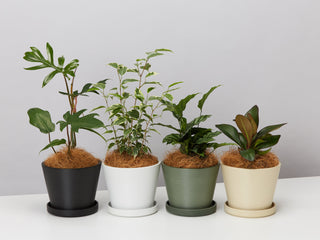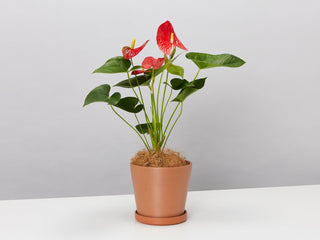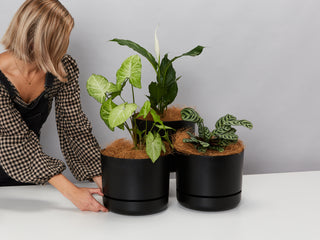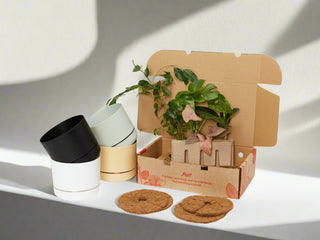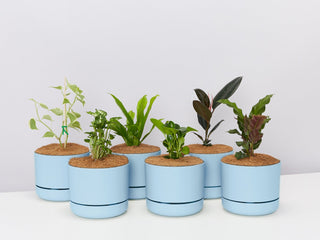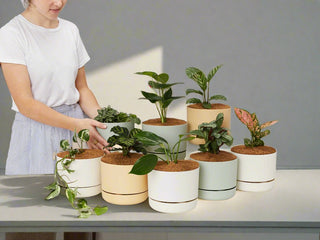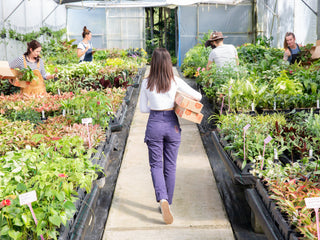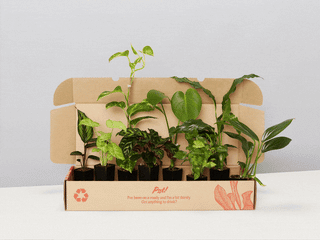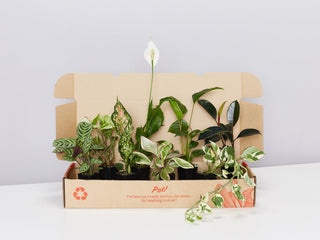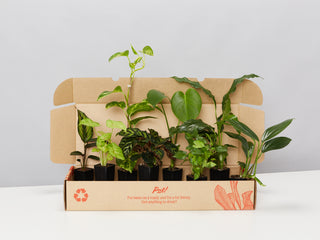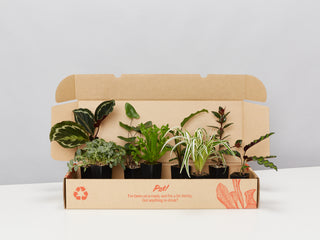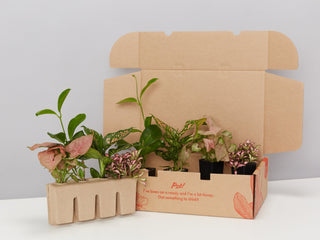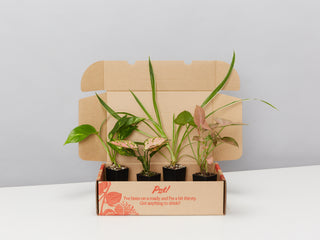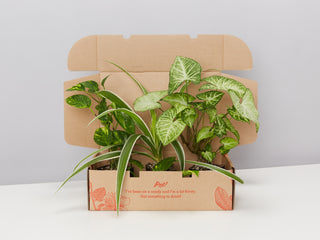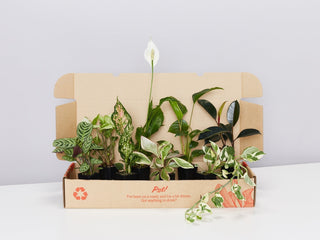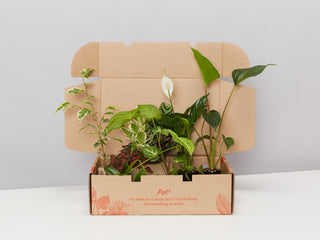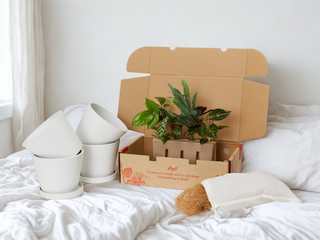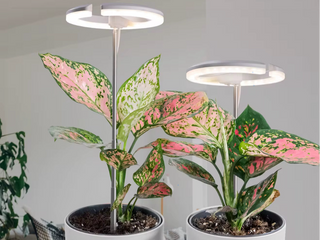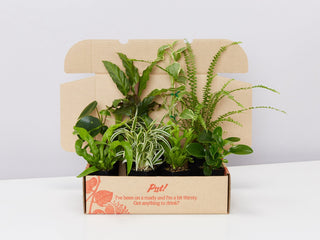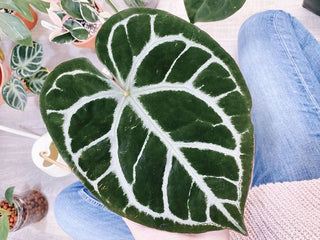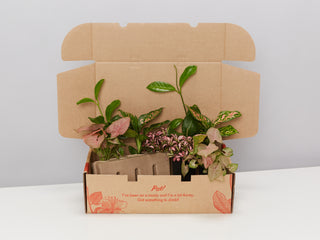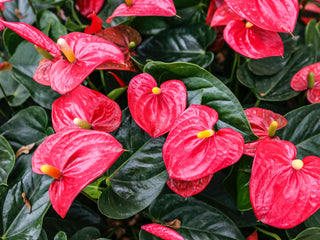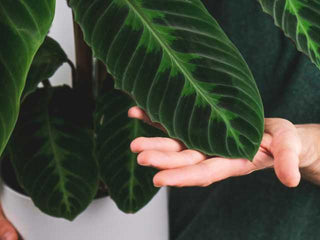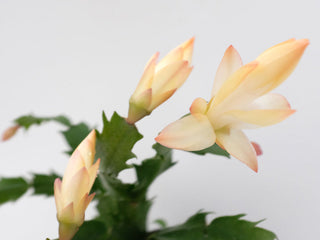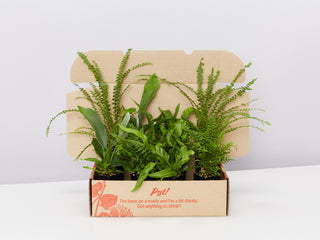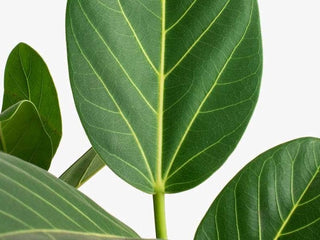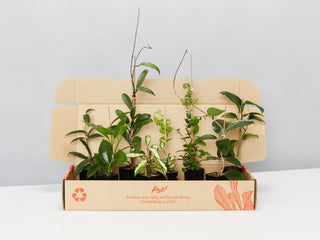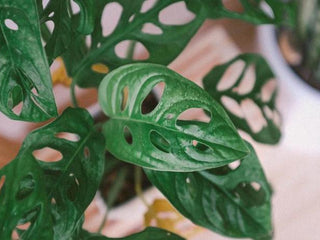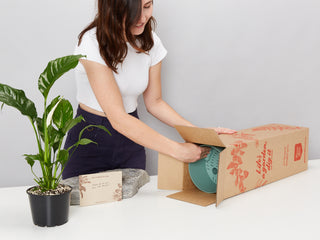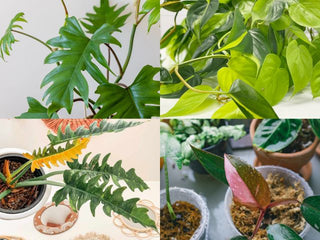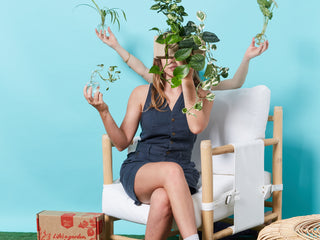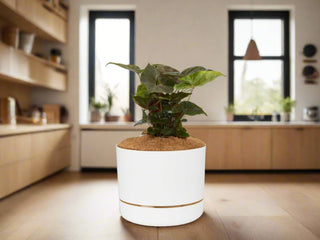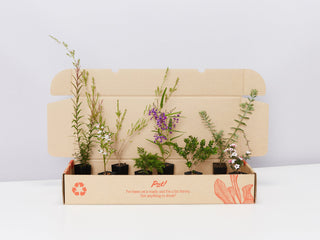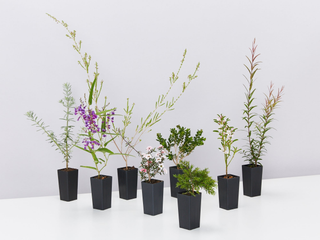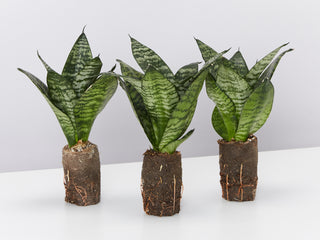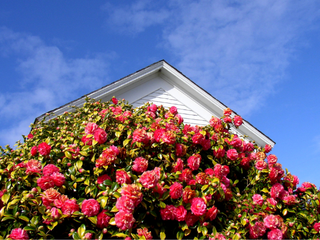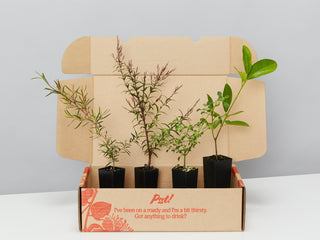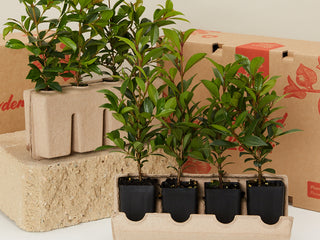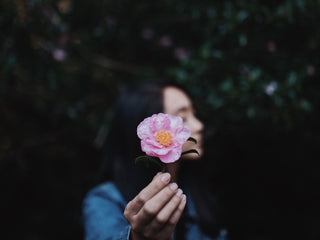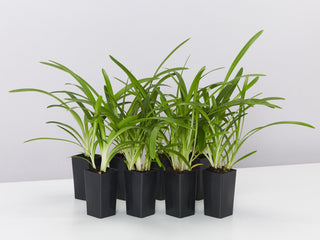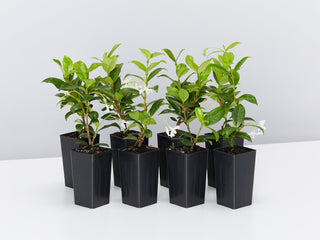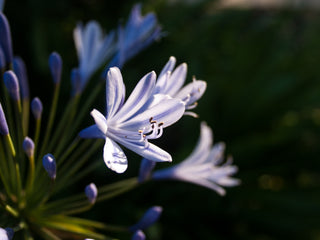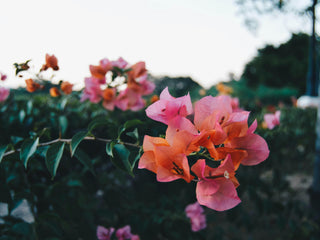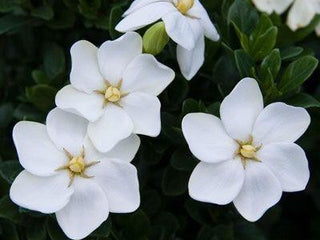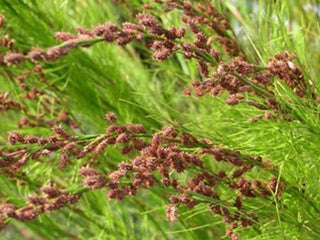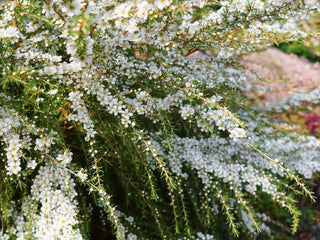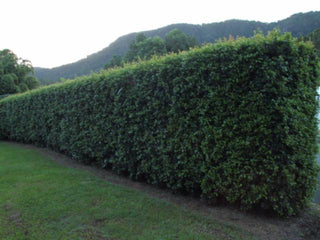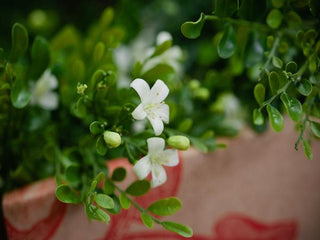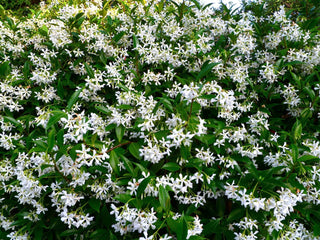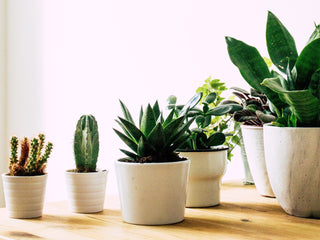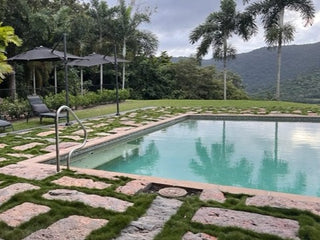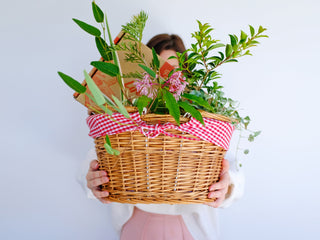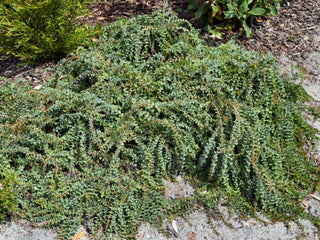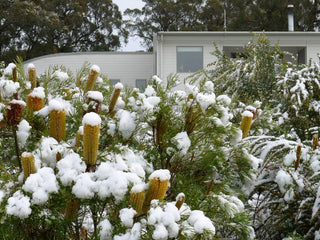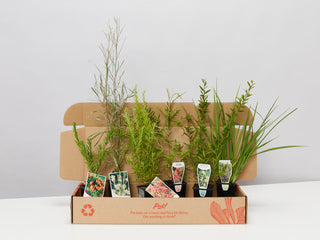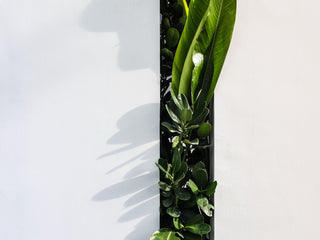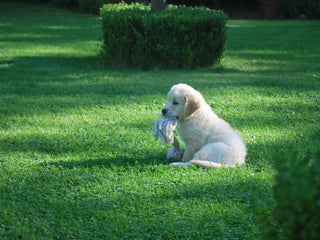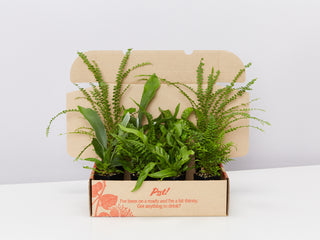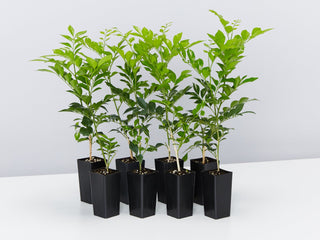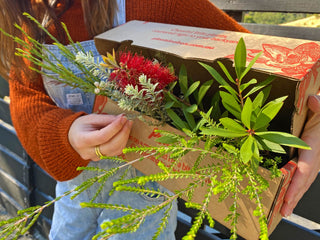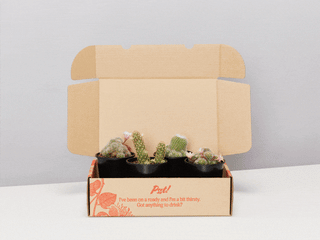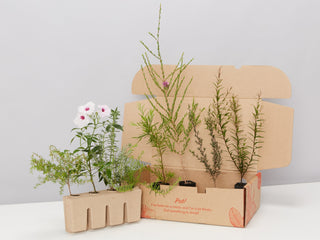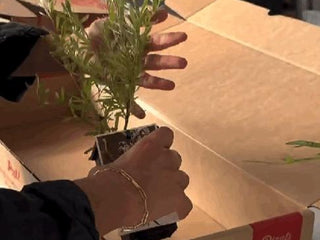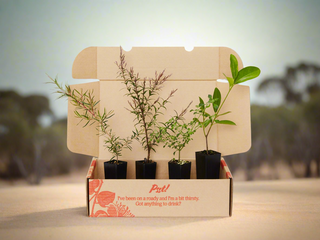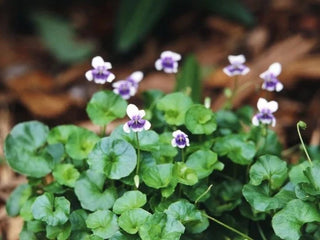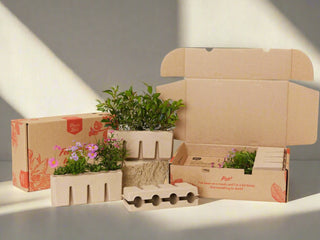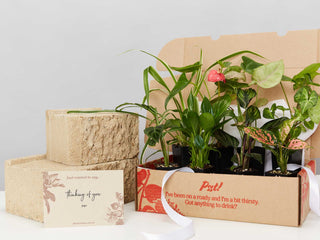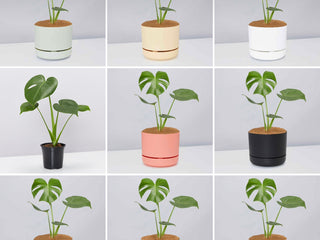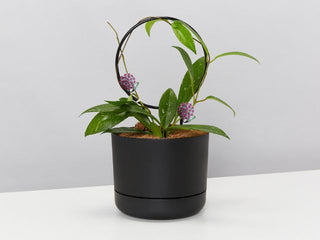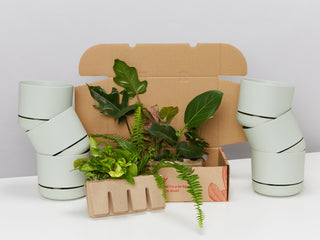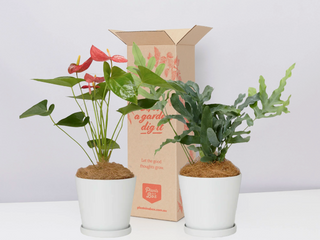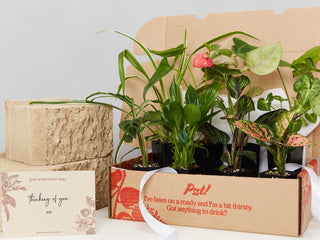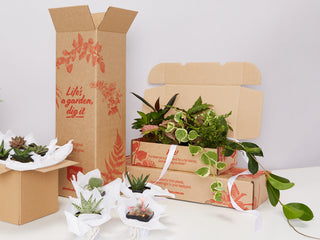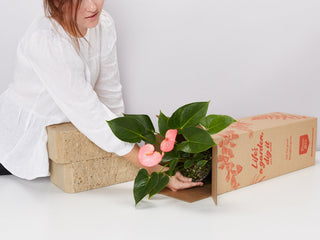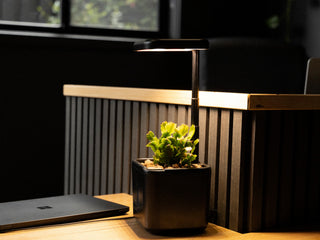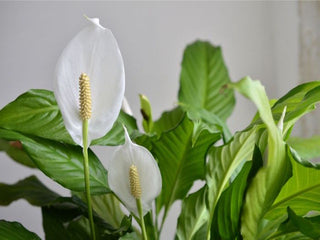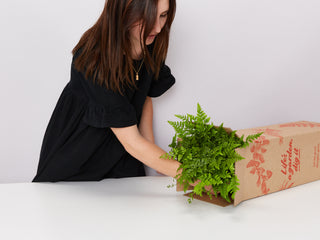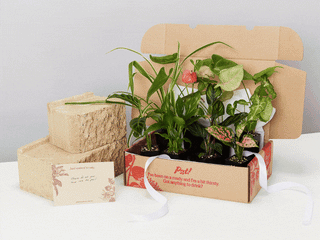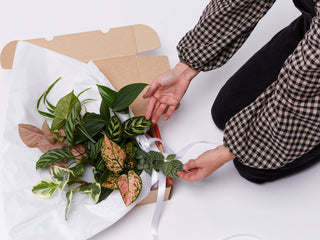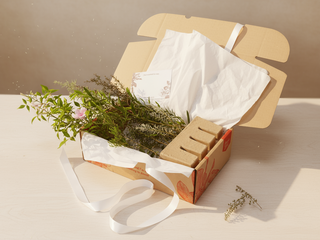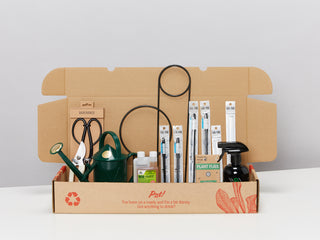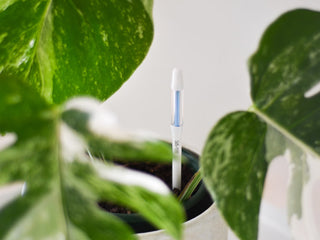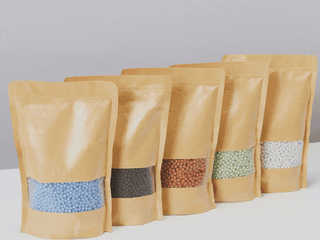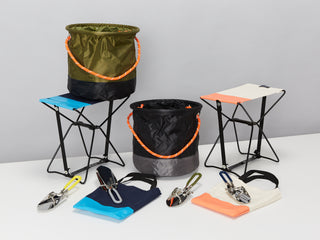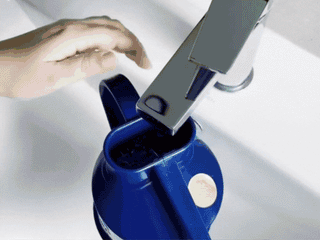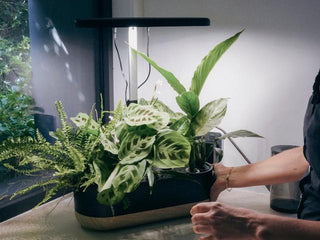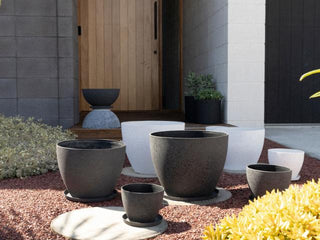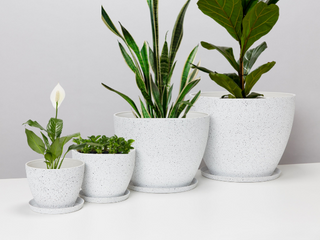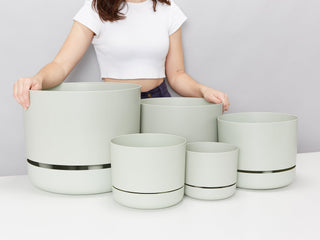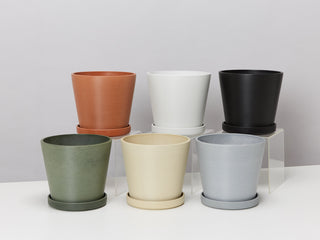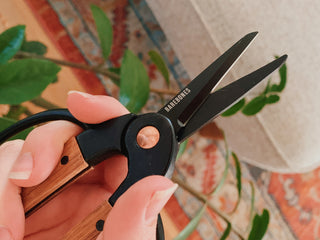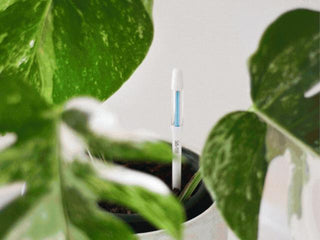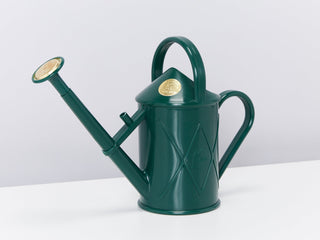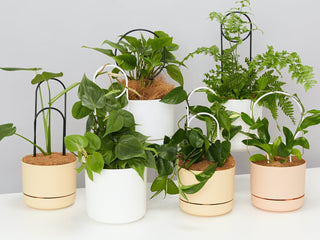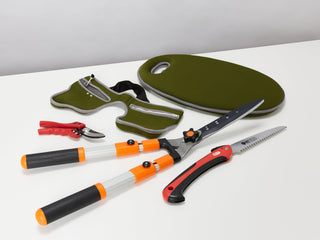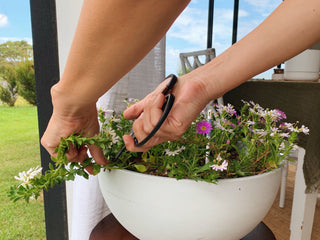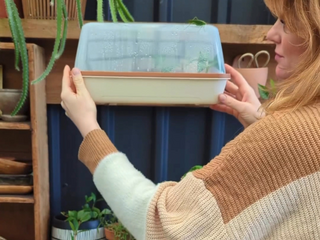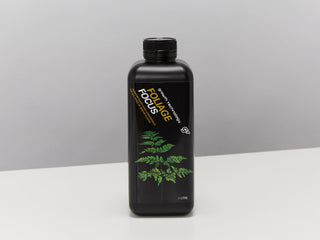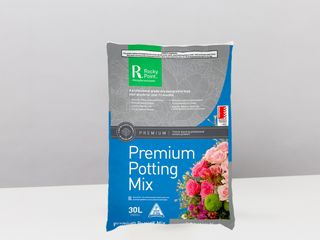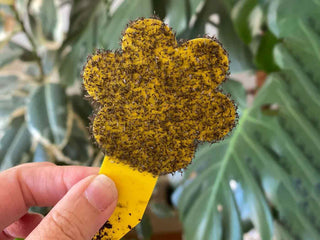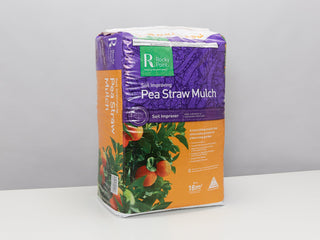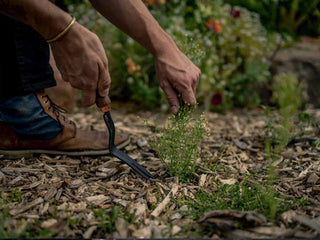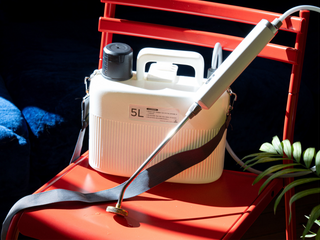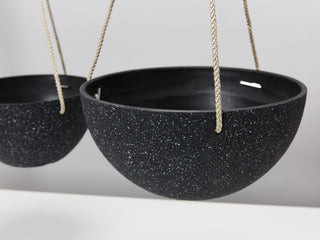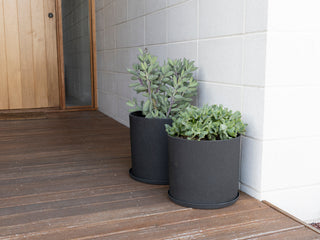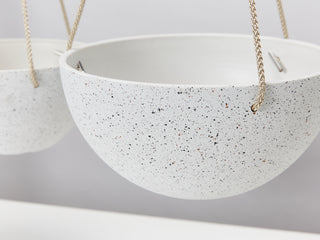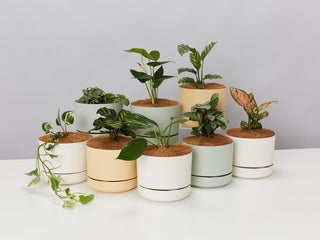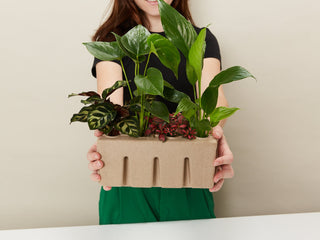I’m a succ-er for you! Some simple tips for succ-cessful succulent care
Are you a succ-er for succulents? We are too! Drought resistant, hardy, and available in a beautiful array of shapes, sizes and colours, there’s a good reason that succulents are so popular (both indoors and outdoors). With the right watering schedule, lots of natural light and protection against pests, you’ll be a succ-cessful succulent parent in no time!
Some like it hot! Watering succulents
Succulents are native to arid regions such as Africa, North and Central America, which have long dry periods throughout the year. To overcome this, succulents have evolved to survive for long periods without any water. You can think of them like the camels of the plant world!
When it comes to watering indoor succulents,
you need to replicate their native growing conditions. Succulents are used to making the most of infrequent (but heavy) rainfall and enjoy drying off completely between waterings. In summer and warmer months, you want to water once every couple of weeks.
When you water – water well! Give the soil a good soaking then give them lots of time to dry out. If you’re growing succulents outdoors, the same principles apply. Water thoroughly but allow the soil to dry out completely before your next watering.
Over winter succulents don’t need much in the way of water. In fact, overwatering in winter is often a death sentence for succulents as it can lead to rot (yellow or mushy leaves that fall off the plant).
Only water in winter if you are absolutely sure the soil is dry and/or the succulent is showing signs of dehydration (brown colour/shrivelling). If you’re unsure, you can use the toothpick method:
- Take a wooden toothpick or skewer
- Insert it into the soil (don’t worry it won’t hurt the succulent)
- Pull the toothpick/skewer out
- Soil residue means the soil is moist. Don’t water!
- A clean toothpick means the soil is dry. Water!
If you don’t want to keep this method up, you can use our Sustee Water Checker on Succulents too! Just keep it in the pot and it’ll tell you when it’s time to water (and when its not!)
 Heed the humidity
Heed the humidity
Take note! The level of humidity also affects how often you water. Succulents draw moisture out of the air, so the higher the humidity the less you will need to water. If you live in a climate with high humidity levels, make sure you always test the soil before you water (even during summer) to confirm your succulent needs a soak.
If you’re in a dry climate or are growing succulents indoors, you’ll need to water slightly more often, as there is less moisture in the air. Again, if you’re in doubt – try a Sustee!
The foundations of succ-cess! Soil and drainage for succulents
The key to healthy succulents is free draining soil. You can purchase specialised succulent and cacti soil here. If you want to be an extra good plant parent, you can even mix in a little perlite to further improve drainage.
If you’re planting in a container or pot, you need to make sure that there’s a drainage hole. Pots with no drainage leaves nowhere for the water to go and that spells trouble for rot susceptible succulents.
Terra cotta pots are ideal for succulents as they allow the soil to dry out quicker, though ceramic is also a great choice if you’re looking for something a little more aesthetic. Avoid glass and plastic containers for succulents as they do not allow the soil to breathe.
What's that powdery coating on my succulent's leaves?
What you're looking at is likely epicuticular wax! It looks like white or blueish silver chalky film on the leaves of your succulents. You'll find it most commonly on succulents like Echeveria, Kalanchoe, and Graptoveri (but other plants like Blueberries also have it!). It helps out your plant babes by acting as an armour; sealing in the moisture, repelling pests and protecting from harmful UV rays (ie, built in sunscreen)!
Let there be light! Growing succulents indoors and outdoors
Succulents love sunny skies and grow best in full sun or part sun outdoors or on a sunny windowsill indoors. While succulents like it hot, they can struggle in blistering hot, full sun conditions. Keep an eye out for any signs of sunburn, such as scaly leaves or crispy brown leaf tips and if you spot them, try shifting your succulents to another spot.
If you’re planting in a very hot and exposed spot in the garden, we recommend, these full sun succulents
On the flip side, if your succulents don’t get enough light, they will stretch out taller and lose their beautiful compact form. If that’s the case, it’s time to shift your succulent to a spot with more sun. If you’re struggling to get enough light for your succulents indoors, consider using a full spectrum horticultural light.
As a rule, succulents don’t like the shade, but that’s not to say there aren’t succulent varieties that can’t tolerate a little less light. If you’re growing succulents indoors or in shady outdoor settings, opt for low light varieties such as:
- Gasteria
- Haworthia
- Crassula (Jade plants)
- Sansevieria (Snake plants)
 Pot it like it’s hot! Repotting succulents
Pot it like it’s hot! Repotting succulents
All plants grown in pots or containers eventually need repotting and succulents are no exception! While succulents grow quite slowly indoors, they will eventually outgrow their pot and require repotting. Some tell-tale signs that your succulent’s too big for its pot include:
- roots growing out of the drainage holes or circling the pot’s surface
- new pups (babies) growing around the plant
- unhealthy growth, despite getting lots of light and the right amount of water
- pot instability or pot toppling over
In most cases, healthy succulents require repotting every 18 months to two years. The best time to repot succulents is in early spring, just before their summer growing season starts. Carefully select a larger pot to transfer your succulent to and fill with free draining succulent and cacti soil.
The repotting process is the perfect opportunity to divide up any pups (new plants) from the mother plant and pop them into their own containers. This will maximise your propagation and encourage further succulent growth.
 Sayonara succ-ers! Keeping succulent pests at bay
Sayonara succ-ers! Keeping succulent pests at bay
Malicious mealy bugs
The biggest threat to your succulents is mealy bugs. These teeny oval shaped insects get their names from the waxy (mealy) white material they produce. This protective coating, which looks like cotton-candy, is the first sign that your have a mealy bug infestation on your hands.
These bugs set up camp underside of leaves, and between the joints of the plant and suck the life out of your plants causing yellowing, sick leaves and stunted growth. They also poop out a sweet liquid called honeydew which can attract ants, promote mould growth, and make your succulent more susceptible to bacterial and fungal infection.
Sneaky spider mites
Spider mites are also a common succulent pest. They seek out indoor plant and love sucking the juices from healthy looking succulents. If spider mites are left for too long, your succulents will break out with yellow or brown spotting or mass discolouration.
These mites are named for their resemblance to tiny spiders, along with their ability to weave webs. So, if you spot stringy webbing running between leaves, then you may have a case of the dreaded spider mites.
Filthy fungal gnats
These little flying foes, resemble fruit flies and feast on fungus, as well as other organic matter which build up inside your potted succulents. If you overwater your plants, or the humidity levels in your home are high, you are at risk of a fungal gnat infestation.
While the flies themselves aren’t super damaging to your succulents, they spread nasty fungal diseases like Fusarium, Pythium and Phytophthora which can be fatal. They also lay their eggs in the soil, and when the larvae hatch they munch on the fine root hairs of succulents, causing serious damage.
Pests be gone!
By avoiding overwatering and keeping your succulents in well-draining soil and containers, you can reduce the risk of a pest party. If however you spot any nasties, you need to act quick! To learn more about banishing these beasties, check out this handy pest guide.

Aloe! Is it me you’re looking for?
If all this succulent chat has you inspired, check out beautiful indoor succulent collection. Looking to plant outdoors? Browse our stunning range of outdoor cacti and succulents.
Not sure where to start? If you’re looking for some great starter succulents, we recommend:
